50+ Sample Credit Application Forms
-
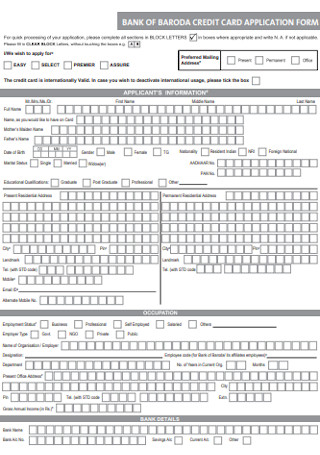
Bank Credit Application Form
download now -
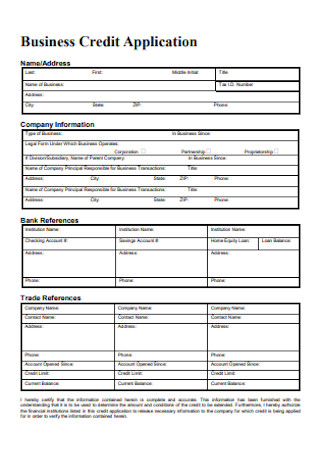
Business Credit Application Form
download now -
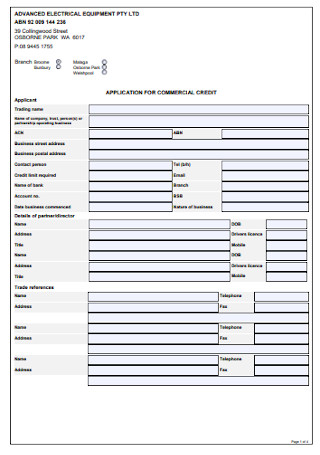
Application for Commercial Form
download now -
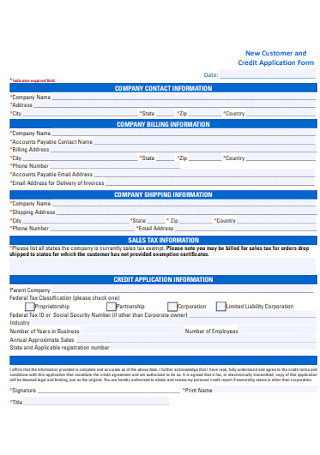
New Customer and Credit Application Form
download now -
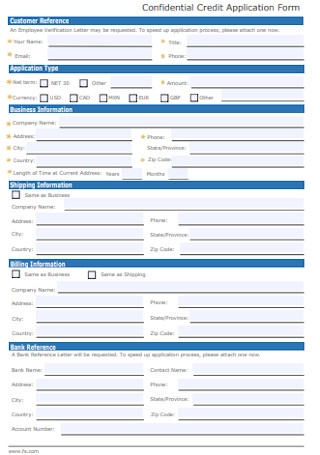
Confidential Credit Application Form
download now -
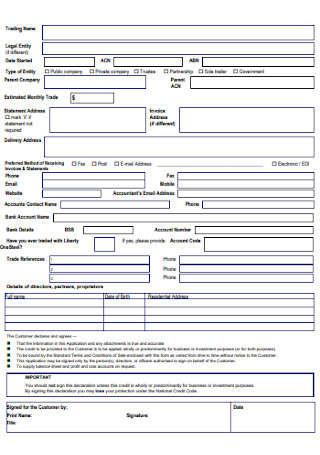
Application Form for Commercial Credit Form
download now -
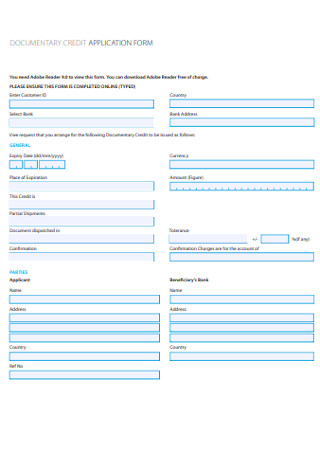
Documentary Credit Application Form
download now -
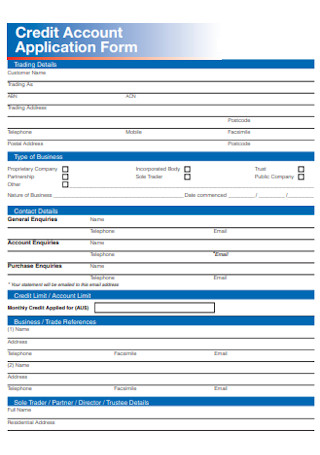
Credit Account Application Form
download now -
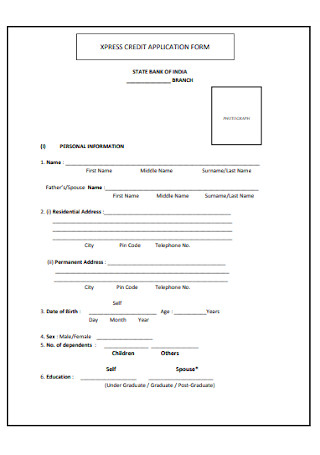
Xpress Credit Application Form
download now -
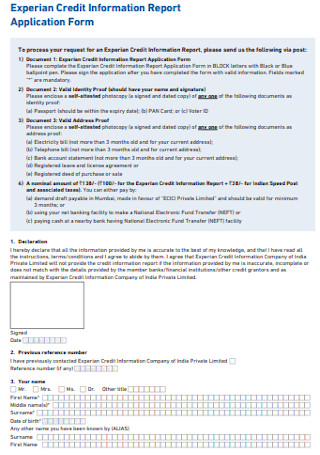
Credit Information Report Application Form
download now -

Transfer Credit Application Form
download now -
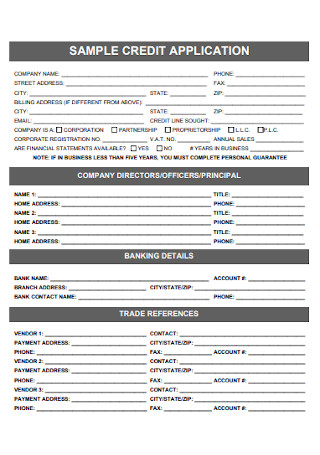
Sample Creidt Application Form
download now -
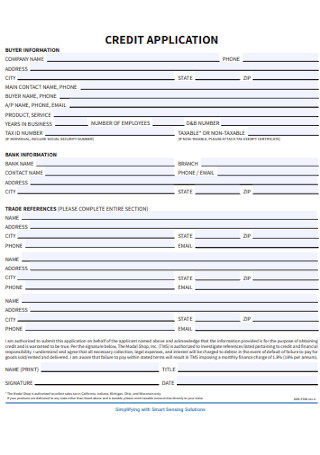
Company Credit Application Form
download now -
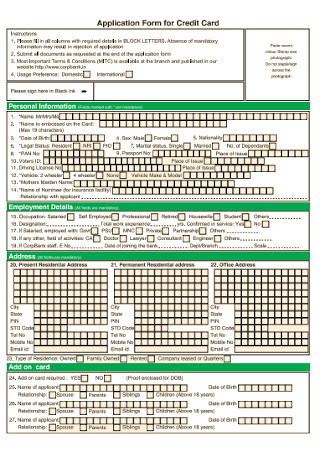
Application Form for Credit Card
download now -
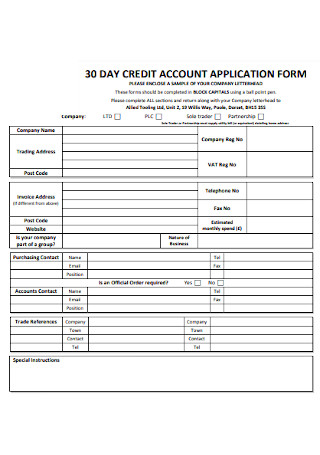
30 Day Credit Application Form
download now -
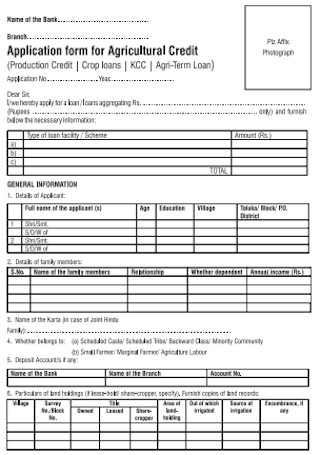
Application Form for Agriculture Credit
download now -
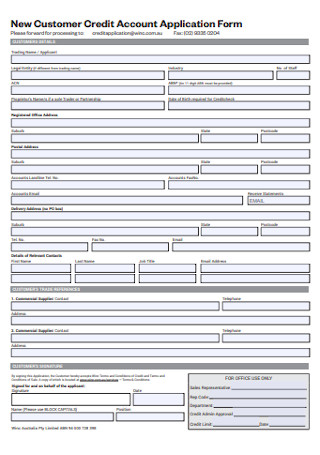
Customer Credit Account Application Form
download now -
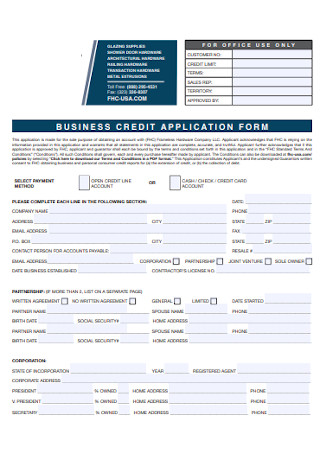
Business Credit Application Form Template
download now -
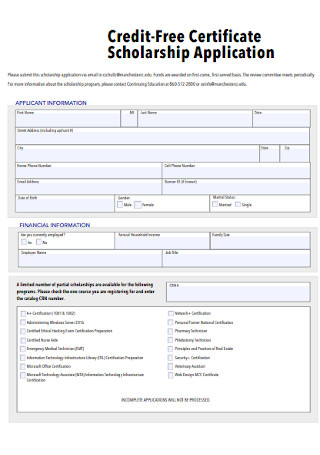
Scholarship Credit Application Form
download now -
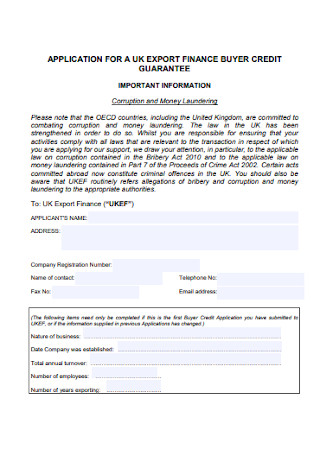
Buyer Credit Application Form
download now -
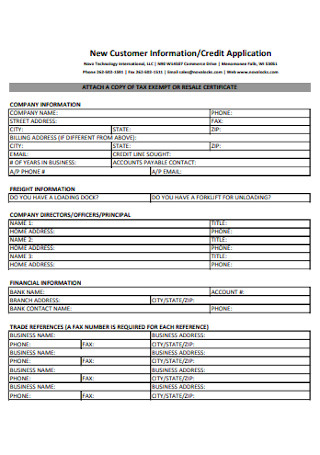
New Customer Credit Application Form
download now -
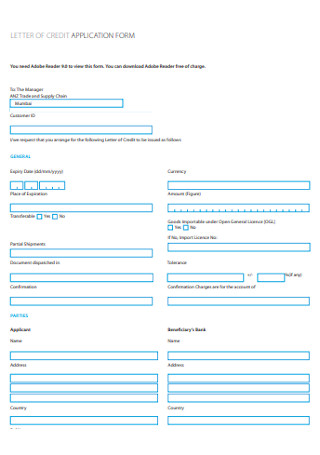
Letter of Credit Application Form
download now -
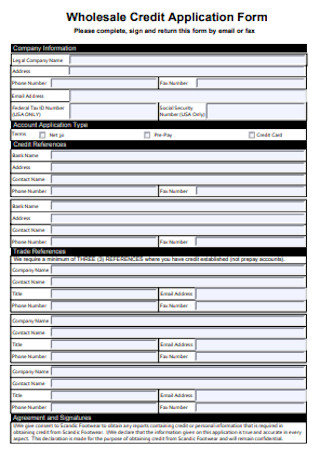
Wholesale Credit Application Form
download now -
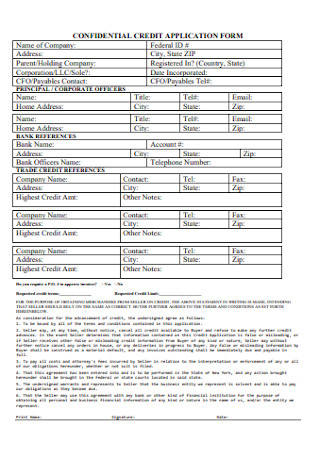
Confidential Credit Application Form
download now -
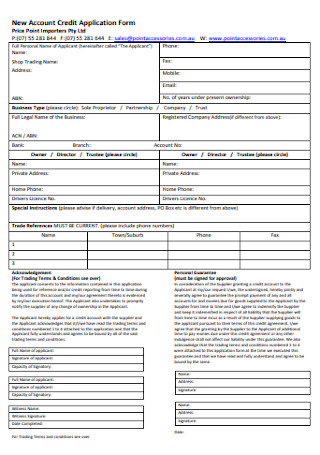
New Account Credit Application Form
download now -
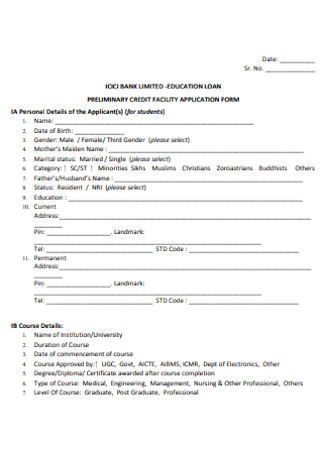
Credit Faculty Application Form
download now -
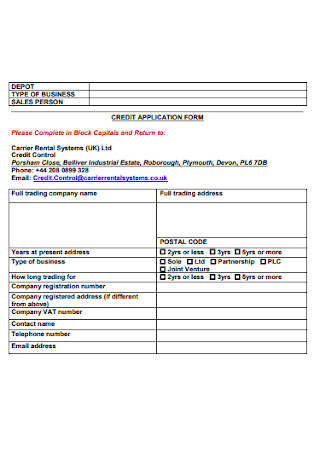
Basic Credit Application Form
download now -
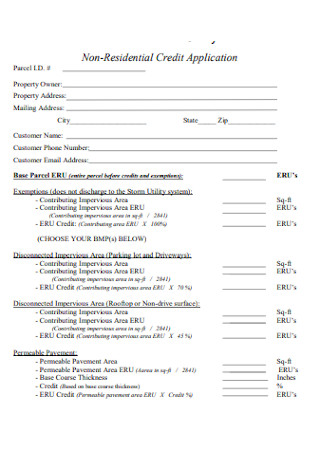
Non-Residential Credit Application Form
download now -
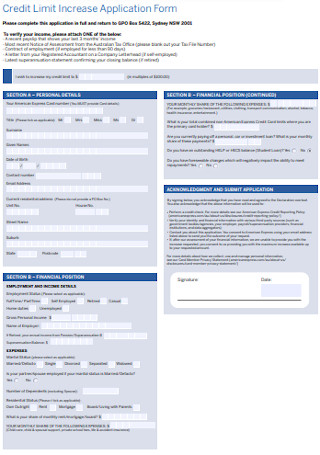
Credit Limit Increase Application Form
download now -
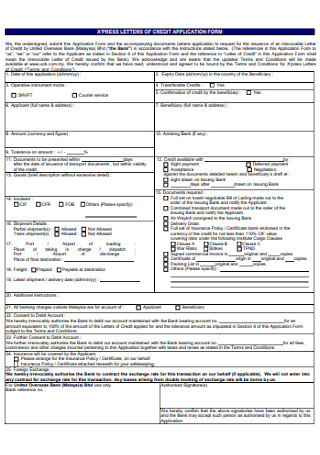
Xpress Letters of Credit Application Form
download now -
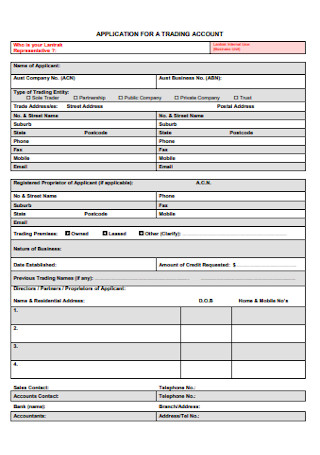
Application Form for Trading Account
download now -

Consumer Credit Application Form
download now -

Credit Application Form for Credit Facility
download now -
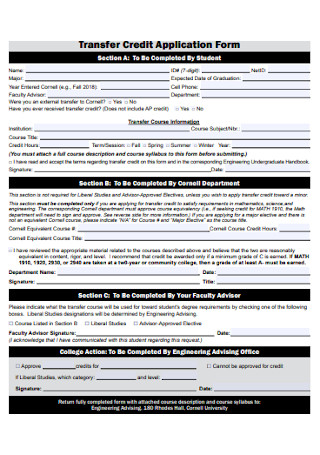
Transfer Credit Application Form
download now -
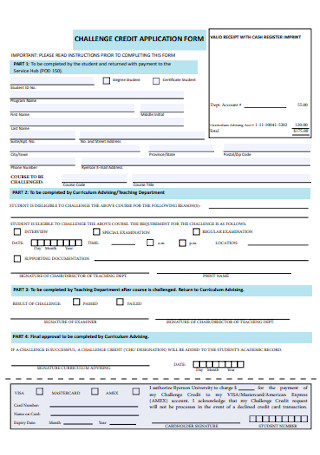
Challenge Credit Application Form
download now -

Trade Credit Application Form
download now -
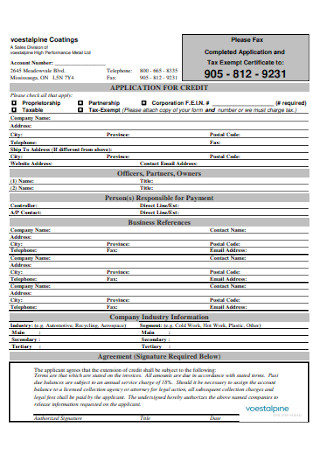
Simple Credit Application Form
download now -
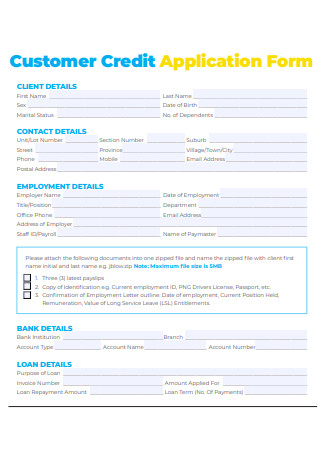
Customer Credit Application Form Format
download now -
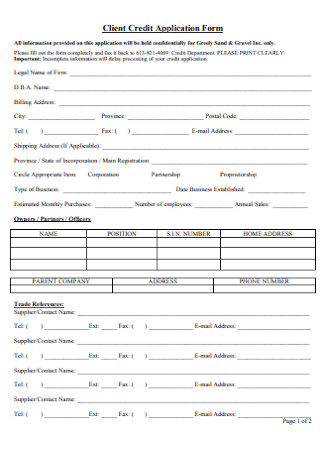
Client Credit Application Form
download now -
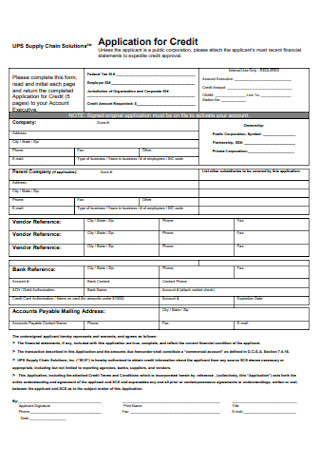
Application for Credit Form Template
download now -
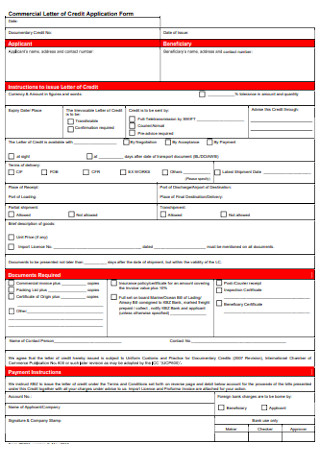
Commercial Letter of Credit Application Form
download now -
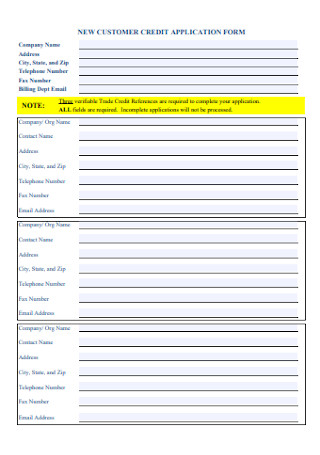
New Credit Application Form
download now -
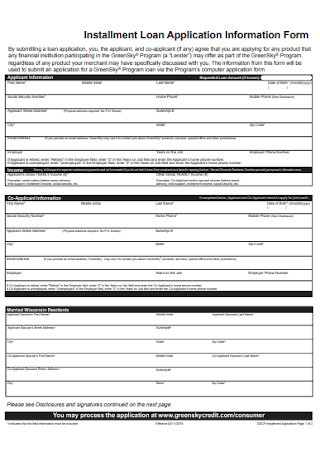
Installment Loan Application Information Form
download now -
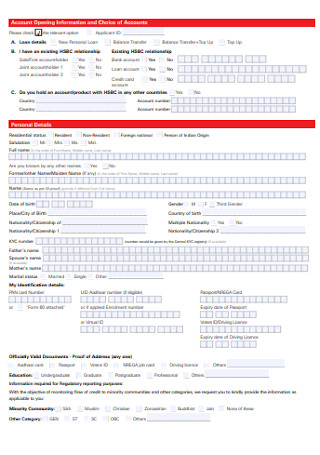
Personal Credit Application Form
download now -
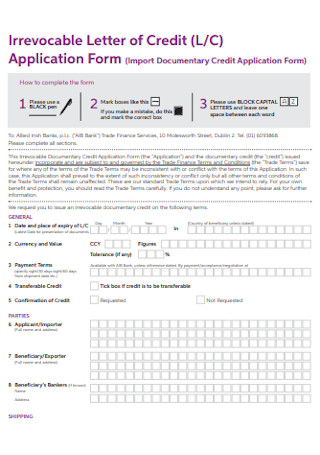
Irrevocable Letter of Credit Application Form
download now -
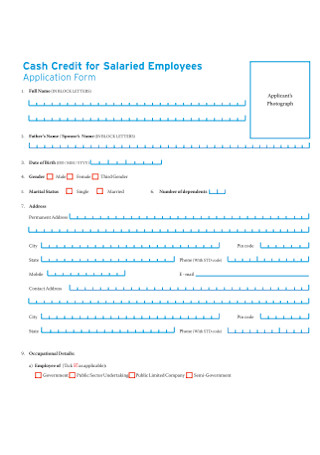
Cash Credit Application Form
download now -
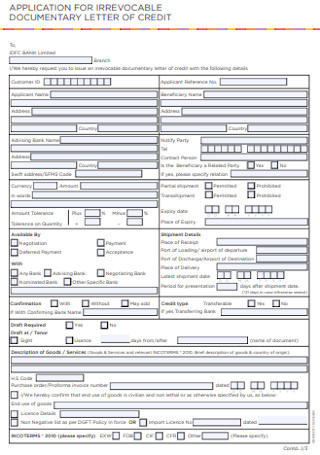
Documentary Credit Application Form
download now -
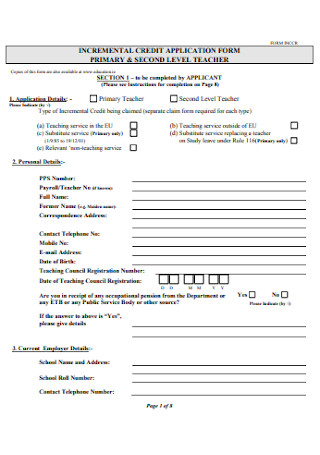
Incremental Credit Application Form
download now -

Short Form for Credit Application
download now -

Course Credit Application Form
download now -
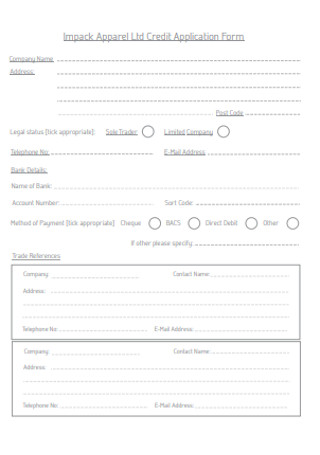
Apparel Credit Application Form
download now -
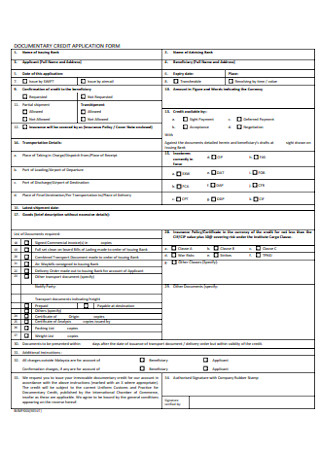
Documentary Credit Application Form Template
download now
FREE Credit Application Form s to Download
50+ Sample Credit Application Forms
What is a Credit Application Form?
What Information is on a Credit Application Form?
Steps in Applying for Credit
FAQs
Qualifications to apply for business credit
Can your credit affect your business credit?
What happens if you don’t pay credit debt?
What is a Credit Application Form?
A credit application form is a standardized form used when a customer requests to use credit. A credit application form in writing is submitted either electronically or physically. The credit application form needs to be filled for the lender to assess the suitability of the request. It is important to remember that lenders look over the information in the application form and evaluates whether or not to allow credit usage.
According to the data collected by Statista, 38% of sales made in America last year were credit card transactions. Based on the statistics shown, it is evident that customers purchase products or services through credit.
What Information is on a Credit Application Form?
Filling out the application form completely and accurately will give you an advantage over leaving out information. Lenders require the following to ensure a smooth transaction, and it is best to keep these in mind.
Steps in Applying for Credit
For business owners, it is necessary to separate business and personal credit. It shows that your account is different from the record of your business. It allows a clean slate for credit rating on the part of your business. Look at the steps below in applying for credit tied to your business.
Step 1. Incorporate the Business
Remember that you are not your business. The distinction of your business as a legal entity separates it from you. It can be through an LLC (Limited Liability Company) or a corporation. After doing this, make sure to register your business with the appropriate business structure.
Step 2. Obtain a Federal Tax ID Number (EIN)
The EIN is a nine-digit number given to a registered business entity, similar to a social security number. EIN is used to file federal income tax, open a business bank account, apply for licenses, permits, and business credit.
Step 3. Open a Bank Account for the Business
It is a necessary step in classifying personal and company identity and expenses. Remember to use the business account strictly for business transactions. The bank account will serve as a reference for lenders to review spending and credit data for application purposes.
Step 4. Secure a Credit Line with Retailers or Suppliers
Purchasing items from retailers or suppliers affect the company’s credit. It is significant to ensure the retailers and suppliers are reporting their transactions with you to a credit reporting agency. The reports sent to the agency serve as evidence for future applications.
Step 5. Monitor Spending Credit and Pay Bills on Time
Through established business reports, credit reporting agencies analyze information that can help in future credit approvals, even repayment terms, and credit lines.
FAQs
Qualifications to apply for business credit
A study made by the Harvard Business School shows that a single bank declined 45% of credit applications from small businesses. Qualifications for application vary from one bank to another. The organization model, applicant qualifications, and business industry are some examples that you might encounter when applying for credit. It is important to research what you’ll need for the application process before visiting a lending institution.
Can your credit affect your business credit?
Remember, you and your company are supposed to be two separate entities. In situations wherein a lender sees a discrepancy in your credit rating, it will not affect the business credit. It also allows owners of businesses to have protection over their assets.
What happens if you don’t pay credit debt?
According to Statista, corporate debt globally reached $72 trillion in the first months of 2019. Having unpaid credit can lead to consequences for your business. The lender can opt to lower your credit limit. The credit report sent to credit reporting agencies can affect your business credit rating along with your customer’s credit rating. In a worst-case scenario, credit can be cut off and have legal implications on your business. Business owners should always keep track of their spending credit and make sure to appropriate money to lower the risk of debt.
As Dave Thomas once said, “What do you need to start a business? Three simple things: know your product better than anyone, know your customer, and have a burning desire to succeed.” Starting your own business is requires a lot of courage and determination, along with the responsibility to ensure that your customers get their money’s due. A credit line for your business will help it to grow and thrive as long as you manage the company’s credit wisely. Any business can thrive when you can handle situations, either by yourself or consulting other people. Check out the credit application forms above and start growing your business!
